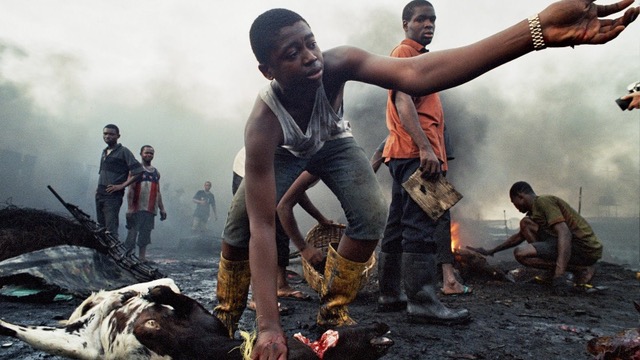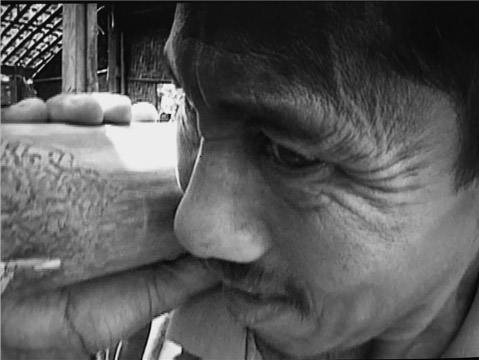Lean Team Pro Tip #4: Curiosity or Passion?
In Lean Team Pro Tip #3, I wrote that "I always keep my goals as a lean team documentary filmmaker front and center when asking" what kind of film I want to make. "If I can’t make my film as a one-person or two-person team, on a small budget, within a manageable time frame, and still earn money doing my other work, then I don’t begin the project." But there is another pre-requisite to beginning a film that is harder to define yet, in some ways, it's the most important consideration. It involves a question: Ask yourself if it is curiosity or passion that compels you. How often have we told others, when describing an artistic endeavor, that we are following our passion or that what we are doing is a labor of love? As though these handy catchphrases alone validate the time, money, and creative energy we put into it? Too often, passion is all consuming. It blinds us to reality, bleeds us dry emotionally and financially, and burns us out. Once the passion has run its course, what next? Heartbreak? Emptiness? Depression? To become a practicing filmmaker (and by practicing I mean a filmmaker who continues to find new films to make, and who with every film learns something new about their craft and about the world) takes stamina, courage, persistence, and some kind of sustainable money stream. It also takes curiosity. Not passion, curiosity. A curiosity about new places, people, ideas; a curiosity about stories and the potentially innovative ways to tell them. Curiosity–and [...]



